Brushes are tools that feature bristles. These bristles allow them to complete applications such as painting, industrial cleaning, and surface treatment.Different types of brushes span a variety of commercial and industrial operations, whether it is a simple broom or a power sweeper. Brushes are utilized for functional and cosmetic maintenance operations by homes as well as various businesses. Read More…
Gordon Brush® is an ISO 9001:2015 certified manufacturer of standard & specialty brushes for the commercial, aerospace, military, medical & electronics industries.
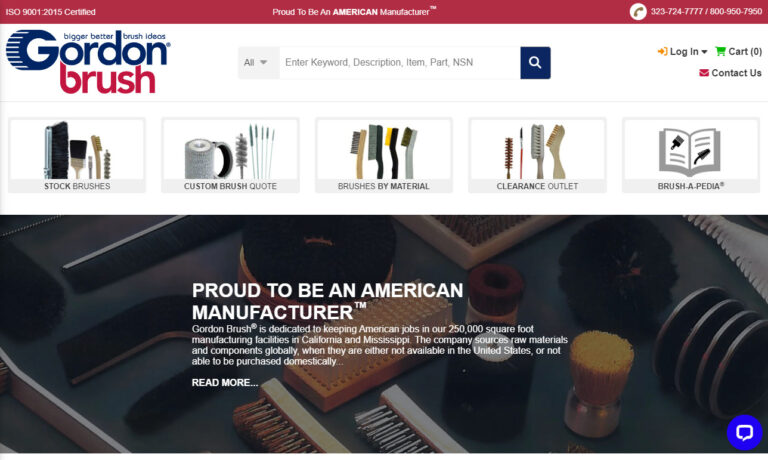
Spiral Brushes manufactures industrial brushes, custom brushes, power brushes, wire brushes, conveyor cleaning brushes, steel brushes, stainless steel brushes, brass brushes, nylon brushes, abrasive nylon brushes, and natural fiber brushes.

The Industrial Brush Co. is a provider of brushes. Since 1946, we have been committed to providing high quality brushes and customer service for a variety of industrial applications and marketplaces.
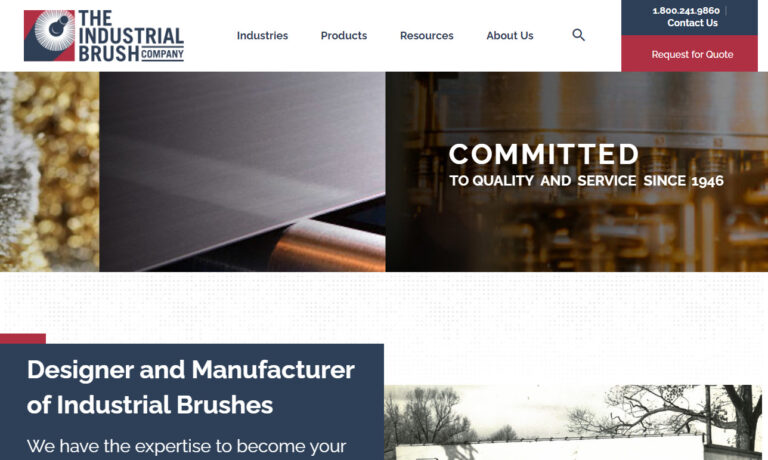
Justman Brush is an ISO 9001:2015 Registered Manufacturer centrally located in the United States. We manufacture brushes for a large variety of industrial applications for our customers in the industrial, aerospace, military, laboratory & scientific, medical and food service industries. With over 91 years of manufacturing experience, we have the American Quality, competitive pricing and short...

Precision Brush Company is an industry leader that has the technology, expertise and experience to satisfy all of your brush requirements.
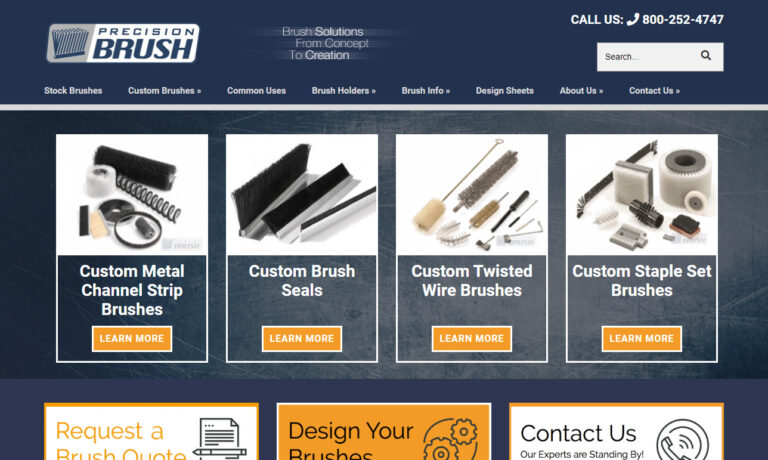
Braun Brush is committed to manufacturing quality brushes using a variety of methods. We offer convenient purchasing of the most extensive brush line available & a unique design-your-own brush service on the web.
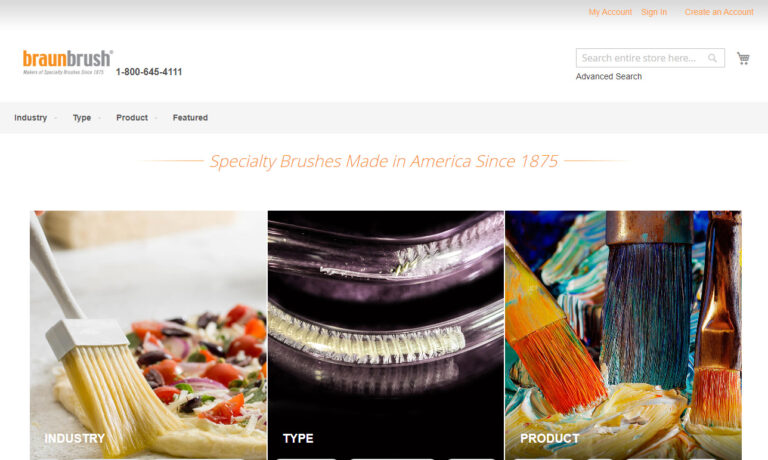
For over 30 years, Tanis has been a leading brush manufacturer. Tanis has put innovation to work in everything we do, using the latest technology, materials, manufacturing advancements and engineering expertise.
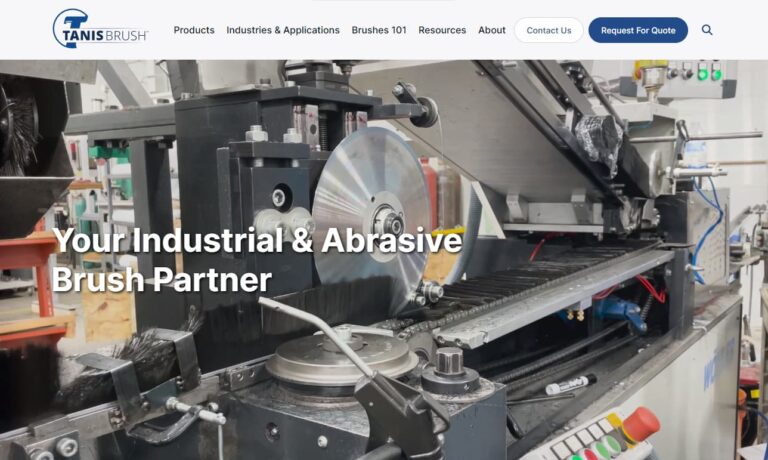
More Industrial Brush Manufacturers
They are especially useful to those businesses that manufacture metal, plastic, and wooden parts, because they are prone to producing a large amount of debris.
The History of Industrial Brushes
Brushes have a long history, dating back to around 2,500,000 years ago during the Paleolithic Period when they were used to apply pigment to cave walls. Some of the earliest evidence of their use comes from the Cave of Altamira in Spain and the Rouffignac Cave in France, renowned for its 224 animal depictions, primarily of mammoths, bison, and horses. Later, the Egyptians employed brushes in their tomb paintings, and the ancient Chinese used long-tip brushes made from animal hair for writing and painting.
By 3500 to 3000 BC, Egyptians and Babylonians had already begun using toothbrushes, made by fraying the ends of sticks. It wasn’t until the 15th century, thanks to the Chinese, that toothbrushes with bristles became common.
Throughout history, brushes have also played a significant role in grooming. Hair brushes and brushes for horses have been essential tools. In 1777, William Kent established Britain’s first hairbrush manufacturing company, marking the beginning of mass brush production. About 80 years later, in 1854, Hugh Rock received the first hairbrush design patent in the USA. In 1898, Lyda Newman, at just 23, patented a hairbrush with synthetic bristles and later invented brushes with detachable handles.
With advances in technology, electric-powered brushes emerged, starting with early floor vacuum cleaners in the early 1900s that combined vegetable fiber bristle brushes with electric power. Today, power brushes can spin faster, longer, and with greater force than ever before.
Modern brushes come in an astonishing variety of materials, allowing for a wide range of uses. As the demand for specialized brushes grows, the materials used to create custom brushes will continue to evolve.
Design
Materials
The performance of a brush is significantly influenced by the coarseness, material type, and filament density of its bristles. Manufacturers have a wide range of bristle materials at their disposal, including nylon, polypropylene, horse hair, and various metals such as nickel silver, titanium, copper, bronze, brass, steel, and stainless steel.
Each bristle material offers distinct advantages. For instance, nylon bristles are ideal for food processing applications, such as cleaning fruits and vegetables. Brushes can be made from natural fibers like horse hair or synthetic materials like nylon or polypropylene, and are used in various forms including strip, cylinder, maintenance, and cleanroom brushes. Metal wire brushes may use bristles made of nickel silver, titanium, copper, bronze, brass, steel, or stainless steel. Additionally, in power brush manufacturing, abrasive nylon embedded with mineral grit can sometimes replace traditional wire filaments.
Common handle materials for brushes include plastic, rubber, wood, copper, and aluminum.
Considerations
When crafting a custom brush, contract manufacturers focus on designing it to best meet your specific needs. Key factors in the design process include the type of brush, bristle material, bristle shape, bristle thickness, handle design, and handle material.
Manufacturers select metal materials based on their conductivity, abrasiveness, corrosion resistance, and flexibility. Non-metal bristle materials are chosen for their density, texture, and durability. To enhance the brush’s performance over time, manufacturers may crimp the metal brush filaments, which helps maintain effective cutting as the bristles wear down. Additionally, wire bristles might be knot-twisted or encased in a semi-hard polymer to improve functionality in the right conditions. The flexibility of the bristle material is also a crucial consideration, as different metals have varying degrees of bendability.
Features
Every brush is made up of bristles attached to a base. While all brushes have this fundamental design, they vary in structure, material, and intended use.
Types
Brushes come in numerous configurations and can be categorized based on their functions. They are commonly divided into groups such as material removal brushes, applicator brushes, and specialty brushes.
Material Removal Brushes
Material removal brushes are designed to clean, polish, or surface-treat different materials. They find application across various industries and include items like bottle brushes, strip brushes, metal wire brushes, wheel brushes, spiral brushes, cup brushes, power brushes, and brooms.
Bottle brushes , often used for cleaning objects like machinery and bottles that are hard to reach with larger brushes, typically feature filaments made of metal or nylon.
Strip brushes, with bristles arranged in long strips, are used for cleaning or sealing spaces between doors and frames; their bristles are usually made of durable, abrasion-resistant nylon.
Metal wire brushes are suited for heavy-duty surface treatments, including cleaning, brushing, and deburring. These brushes come in handheld forms for scrubbing and machine-operated versions for more efficient surface treatment.
Wheel brushes, characterized by their circular base and wire bristles, are employed for continuous brushing, scrubbing, or cleaning of industrial surfaces, often spinning at high speeds for better efficiency.
Spiral brushes, similar to wheel brushes, are also used in high-speed cleaning applications and are particularly effective for cleaning tubes, pipes, and bottles.
Cup brushes, with bristles along the edges of their shallow, hollow centers, are versatile and can be used for both light and heavy-duty tasks such as paint removal, debris cleaning, and polishing.
Power brushes, or machine brushes, operate at variable speeds and are typically wheel-shaped. They handle tasks like rust removal, gear cleaning, and surface preparation. Their filaments are often crimped or encased in semi-hard polymer to extend the brush’s lifespan and enhance its cutting action.
Brooms, the most common type of the industrial cleaning brushes, are essential for maintaining cleanliness by minimizing dust accumulation. They are widely used in various settings to ensure a clean and presentable workspace.
Applicator Brushes
Applicator brushes are essential tools for applying various substances like paint or sealant to surfaces. These brushes come in different forms, such as artist brushes, paint brushes, and cosmetic brushes.
Artist brushes are versatile tools used for tasks ranging from detailed cleaning to painting. They can be made with sable hair or synthetic bristles, catering to different artistic needs.
Paint brushes are designed specifically for applying paint and are available in numerous sizes. They vary in handle types, bristle materials, textures, thicknesses, and lengths, allowing for a wide range of painting styles and precision levels.
Cosmetic brushes are employed to apply makeup or other cosmetic products. They include tools such as brow brushes, mascara brushes, and nail polish applicators.
Specialty Brushes
Specialty brushes are designed for specific tasks and possess unique attributes tailored to their applications. Key examples include conductive brushes and tin acid brushes.
Conductive brushes, often referred to as ESD cleanroom nylon static dissipative brushes, are employed for static elimination and the cleaning of delicate electronics.
Tin acid brushes are used in soldering processes, especially when dealing with acid or mucilage. They are characterized by their tin handles and very stiff black horsehair bristles.
Advantages of Industrial Brushes
Using push brooms in conjunction with vacuum cleaners and a ventilation system can significantly enhance workplace safety and boost productivity. Just like in homes, brooms are essential for maintaining cleanliness and sanitation.
In a company setting, brooms contribute to overall success by ensuring a clean and safe environment, which directly impacts productivity.
Accessories
Depending on their design, brushes can be equipped with a variety of useful accessories. Examples include extension rods, brush arbors, brush holders, mounting hardware, brush bridles, hose attachments, and wire wheel brush adapters.
Proper Care for Brushes
When maintained correctly, industrial brushes can have a long lifespan. Proper maintenance involves several key steps. First, clean applicator brushes immediately after use. Allowing substances like paint to dry on the brush can make it much harder to clean and may even damage its texture and flexibility. Additionally, ensure that each brush is used only for its intended application to prevent overuse and preserve its effectiveness.
Standards
The standards for your industrial brushes will vary based on their specific application. For instance, brushes used in general industrial settings should comply with ISO and OSHA standards, while those used in the food industry, such as for pastry brushing, must adhere to FDA standards. To ensure you meet the appropriate requirements for your brushes, consult with industry experts.
Choosing the Right Manufacturer
If you’re looking to purchase industrial brushes, partnering with a knowledgeable brush supplier is crucial. This ensures you get the best brush for your specific application. Since the quality of products and customer service can vary among manufacturers, we’ve compiled a list of top industry leaders we trust. You can find their contact information and links to their pages by scrolling up. Review their offerings to compare their services and products with your needs. Select three or four manufacturers that seem most promising and reach out to discuss your custom application. Be sure to mention your budget, timeline, and delivery preferences. After speaking with each, choose the manufacturer that not only fits your budget but also meets and exceeds your expectations.
Check out our Brushes website
What materials are commonly used for industrial brush bristles?
Common bristle materials include nylon, polypropylene, horse hair, and various metals such as nickel silver, titanium, copper, bronze, brass, steel, and stainless steel.
What are the main types of industrial brushes?
The main types are material removal brushes (such as bottle brushes, strip brushes, metal wire brushes, wheel brushes, spiral brushes, cup brushes, power brushes, and brooms), applicator brushes (like artist brushes, paint brushes, and cosmetic brushes), and specialty brushes (for example, conductive brushes and tin acid brushes).
How do manufacturers choose the right bristle material?
Manufacturers consider factors such as conductivity, abrasiveness, corrosion resistance, flexibility, density, texture, and durability when selecting bristle materials. Metal choices are often based on the application’s requirements, while non-metal materials are chosen for specific properties like density and strength.
What accessories are available for industrial brushes?
Industrial brushes can be equipped with accessories such as extension rods, brush arbors, brush holders, mounting hardware, brush bridles, hose attachments, and wire wheel brush adapters, depending on their design and use.
How should industrial brushes be properly cared for?
To maximize lifespan, clean applicator brushes immediately after use, prevent substances from drying on bristles, and use each brush only for its intended purpose to avoid overuse and ensure effectiveness.
Which standards might industrial brushes need to comply with?
Industrial brushes must meet specific standards depending on their use. For general industrial use, ISO and OSHA standards apply. For food applications, such as pastry brushing, FDA standards must be met. Consult industry experts for guidance on compliance.
How do you select the right industrial brush manufacturer?
Research potential manufacturers, review their services and products, contact multiple suppliers to discuss your needs, and consider factors like budget, timeline, and customer service. Choose the manufacturer that meets your requirements and exceeds your expectations.


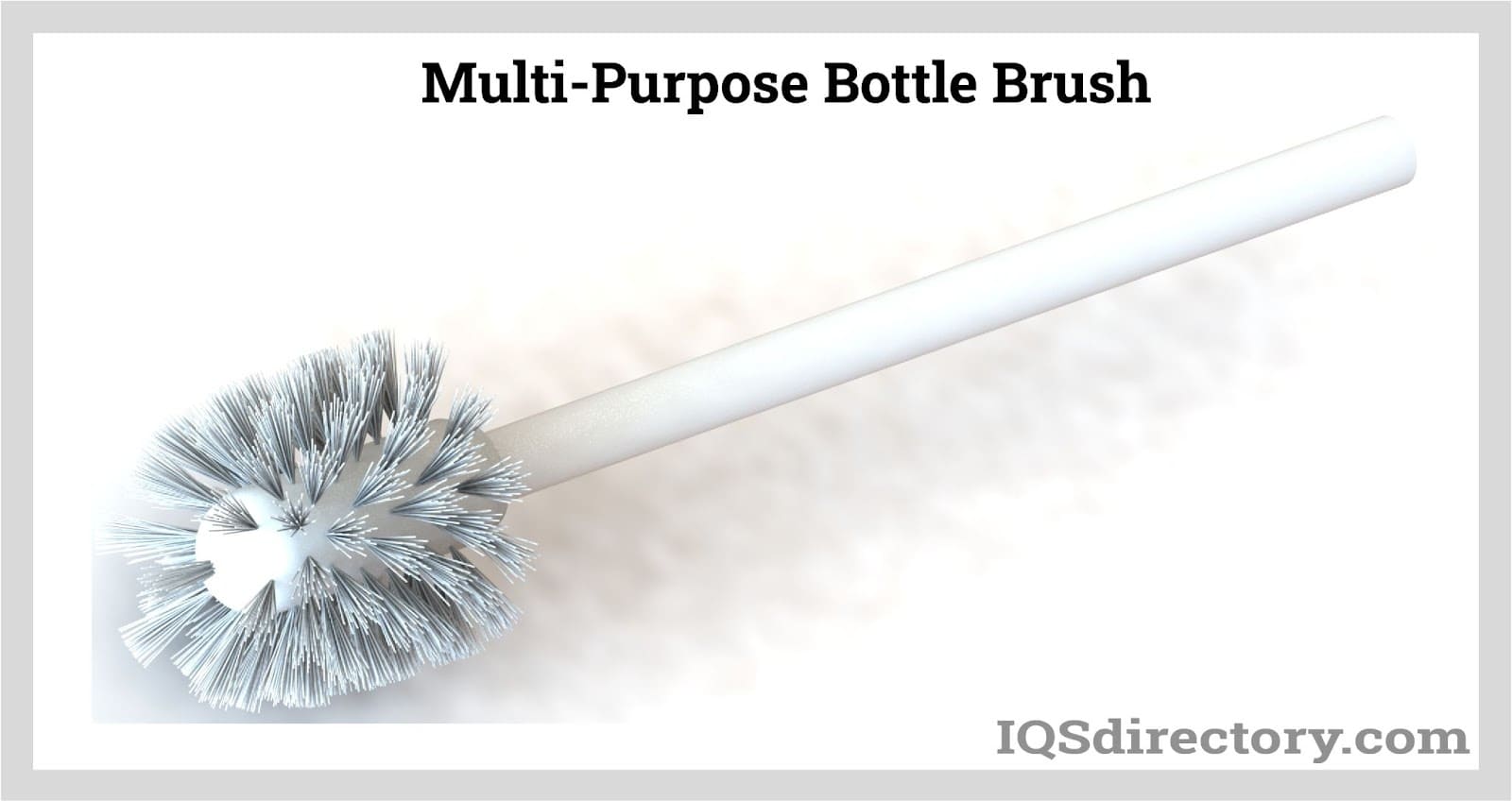
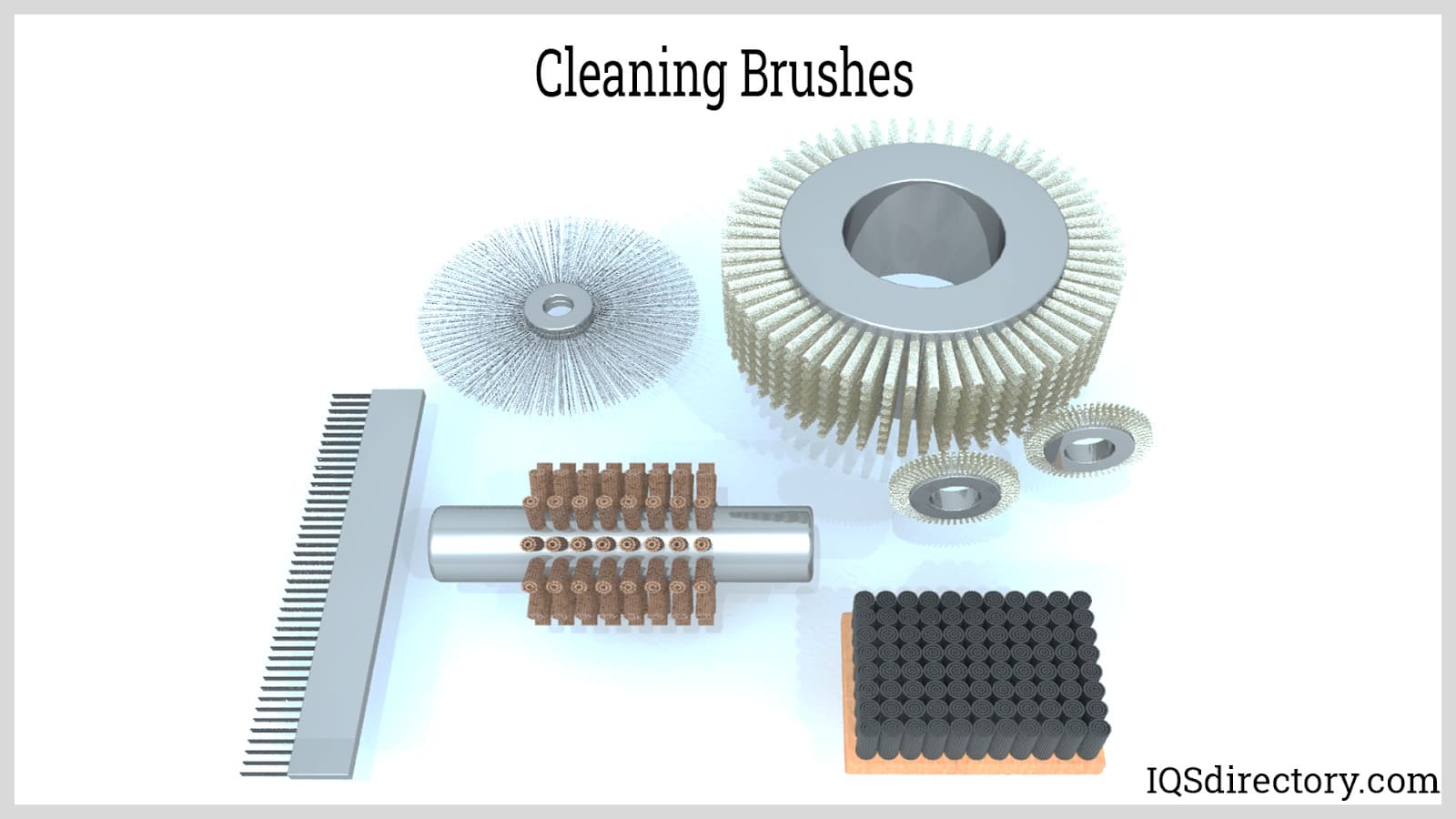
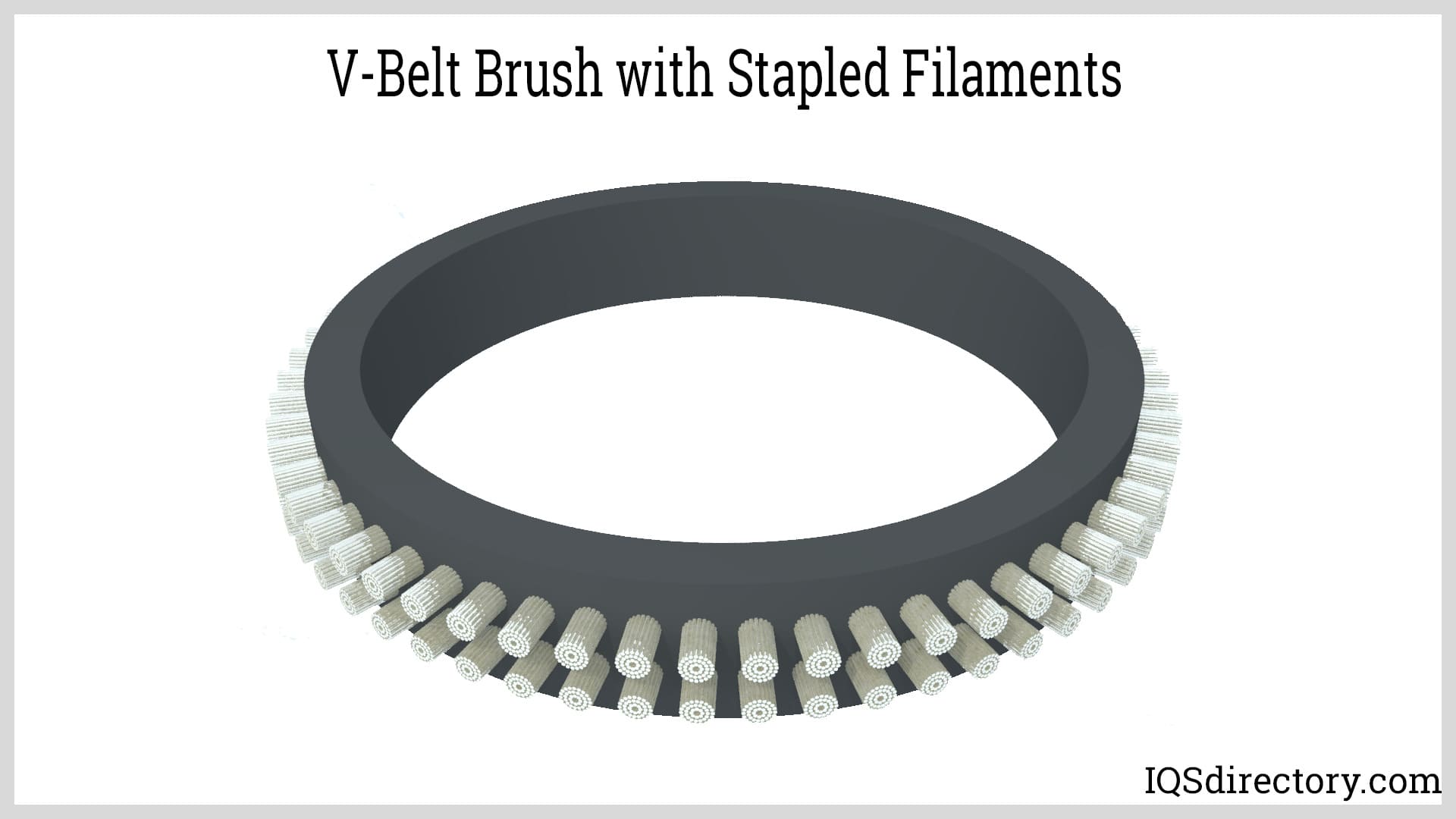
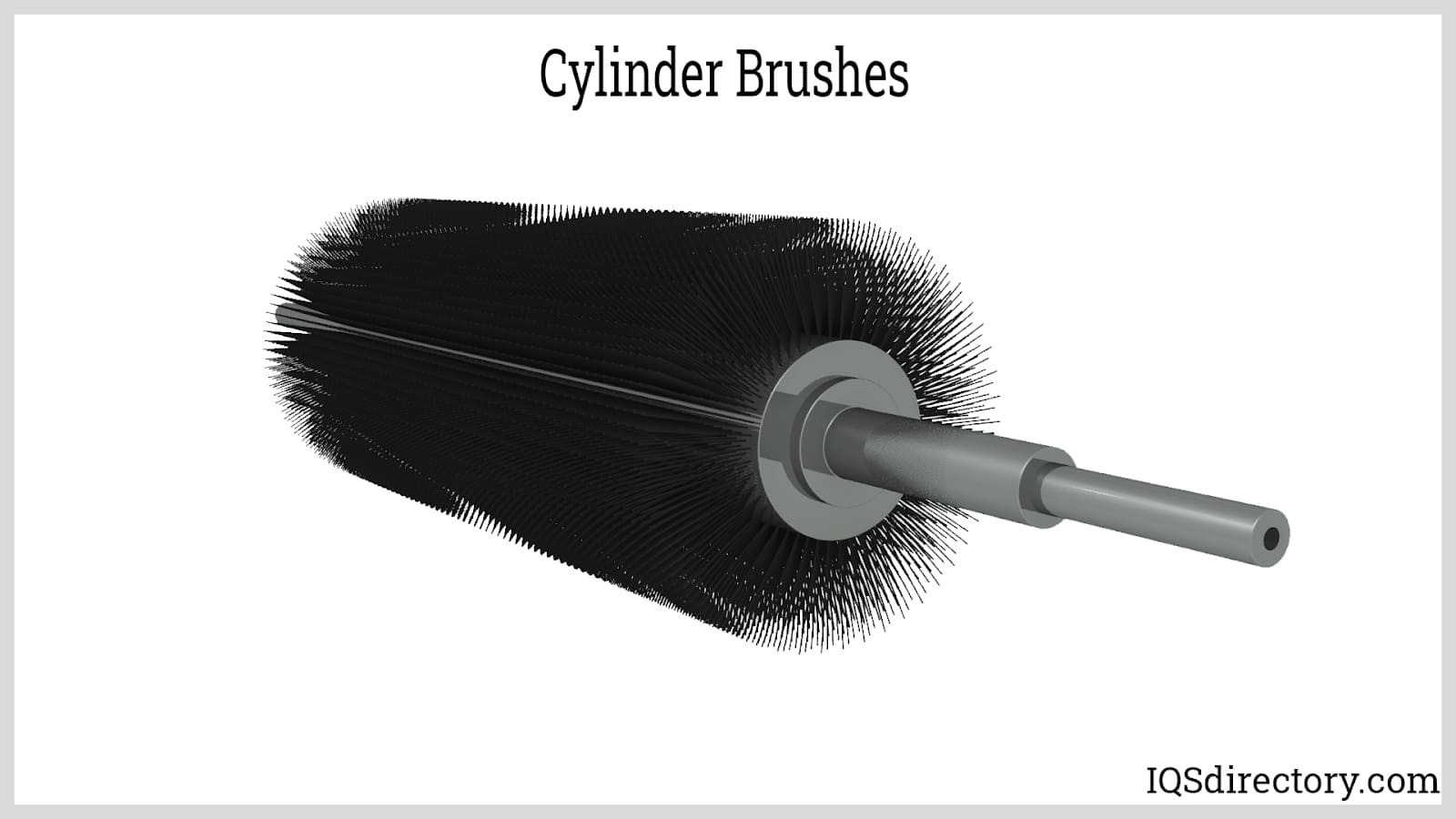
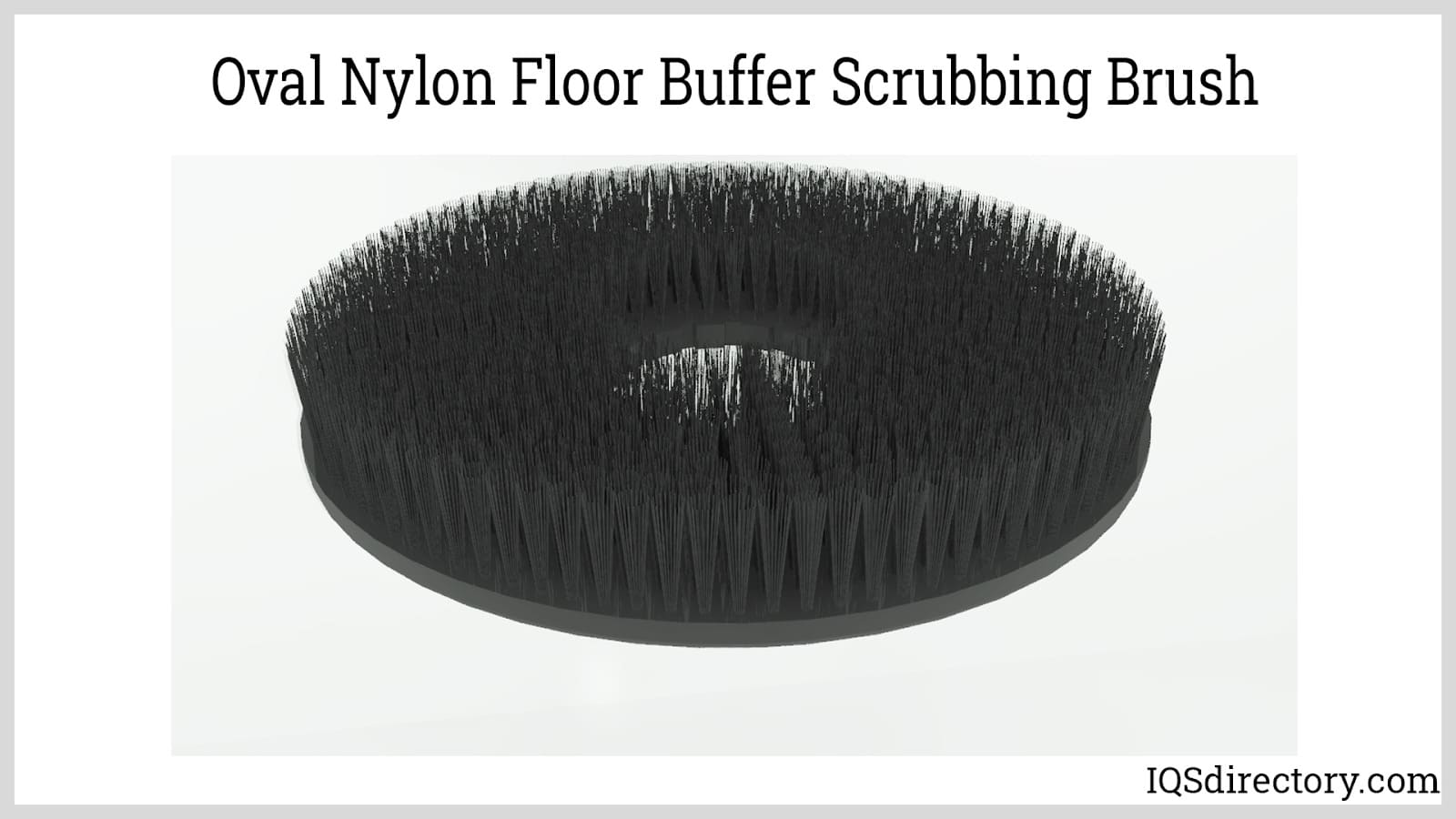
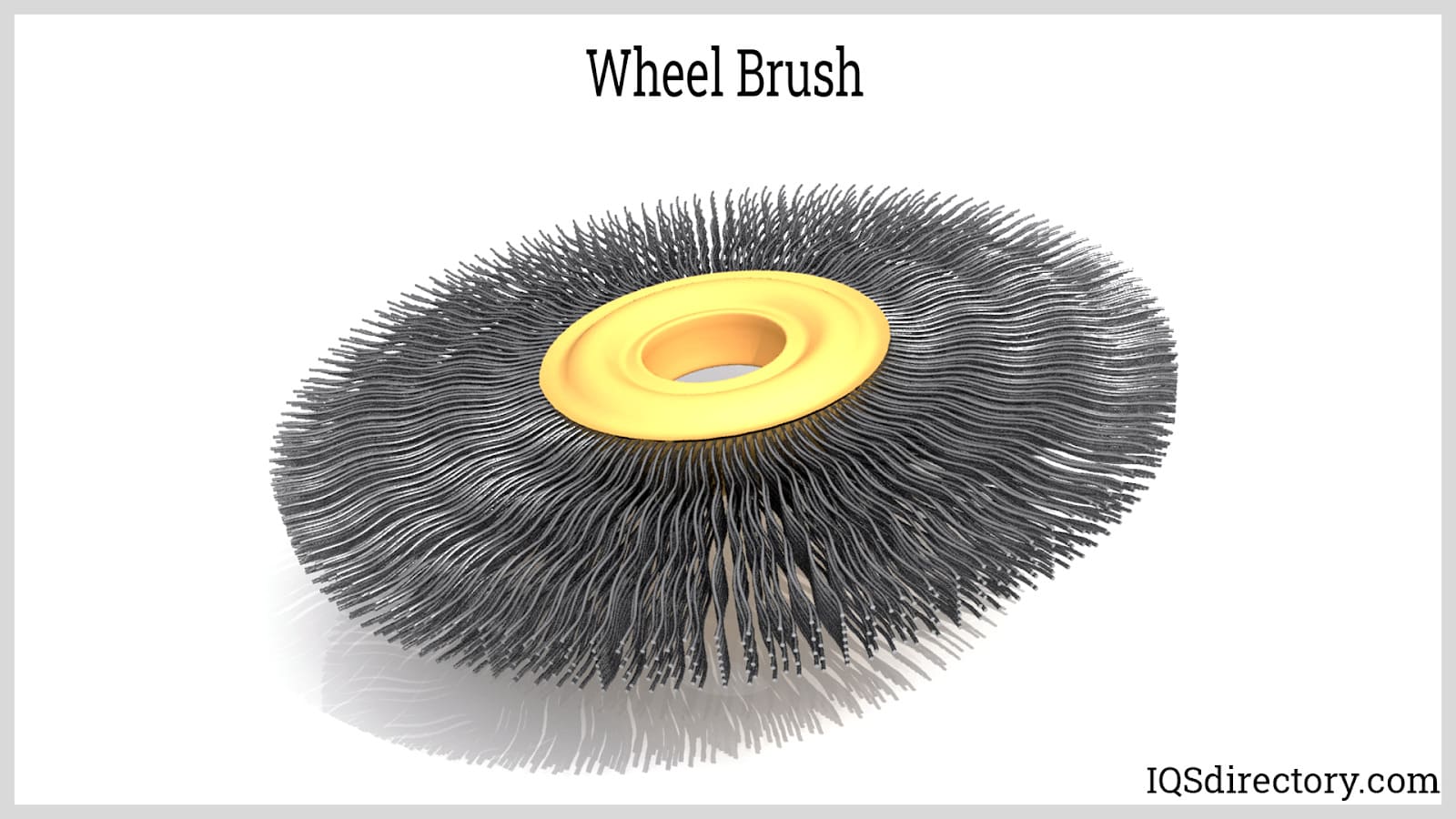
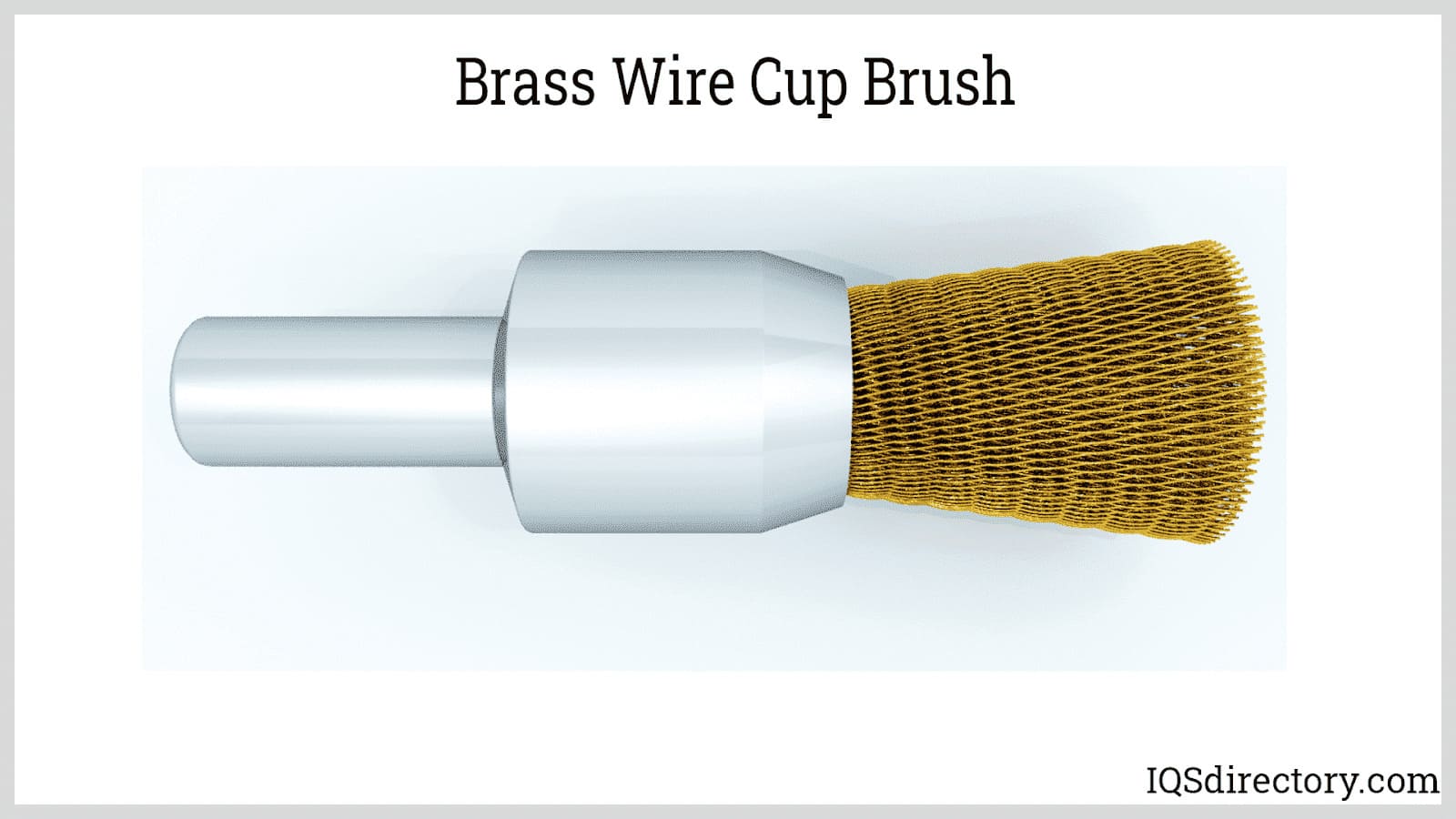

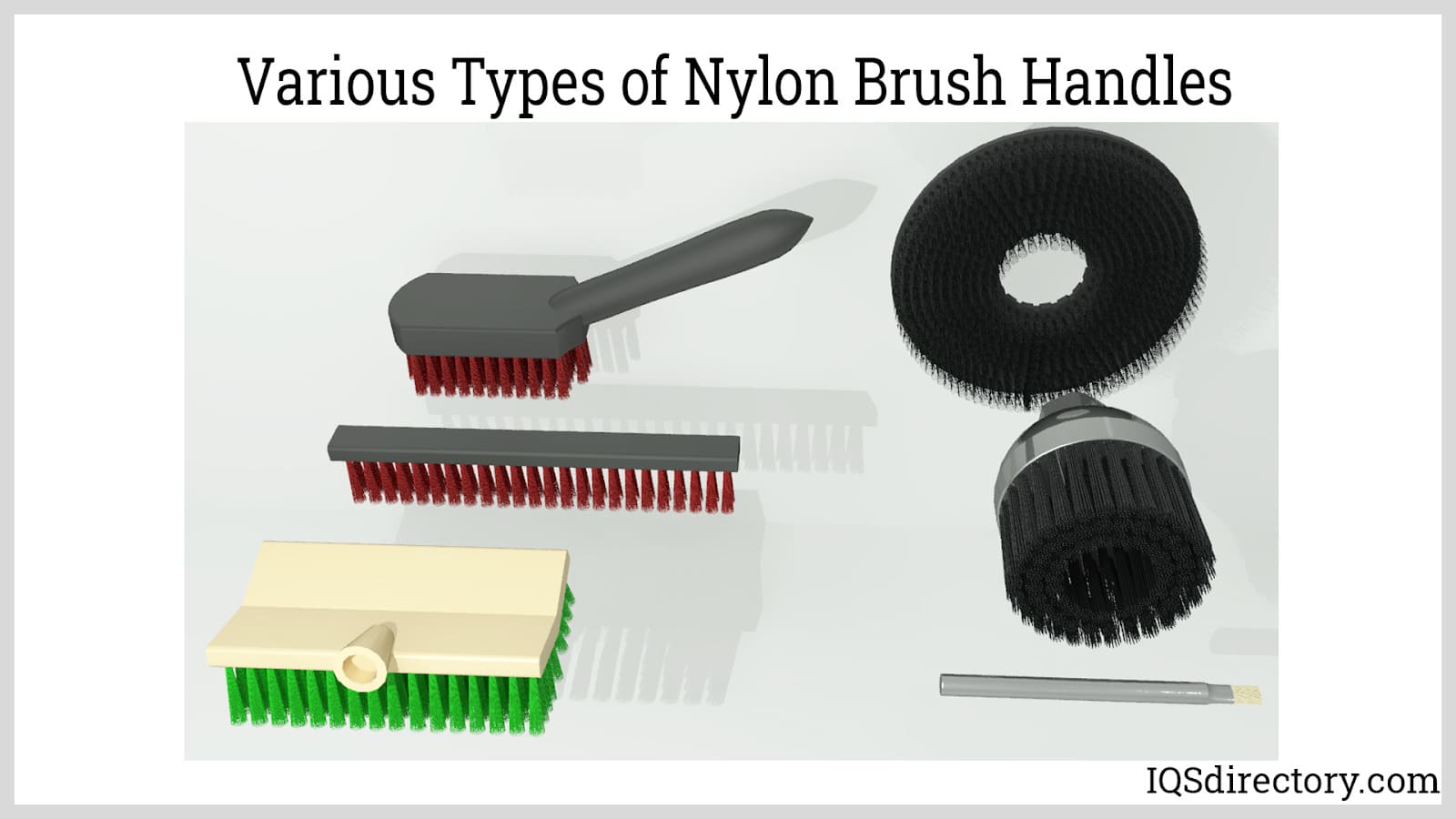
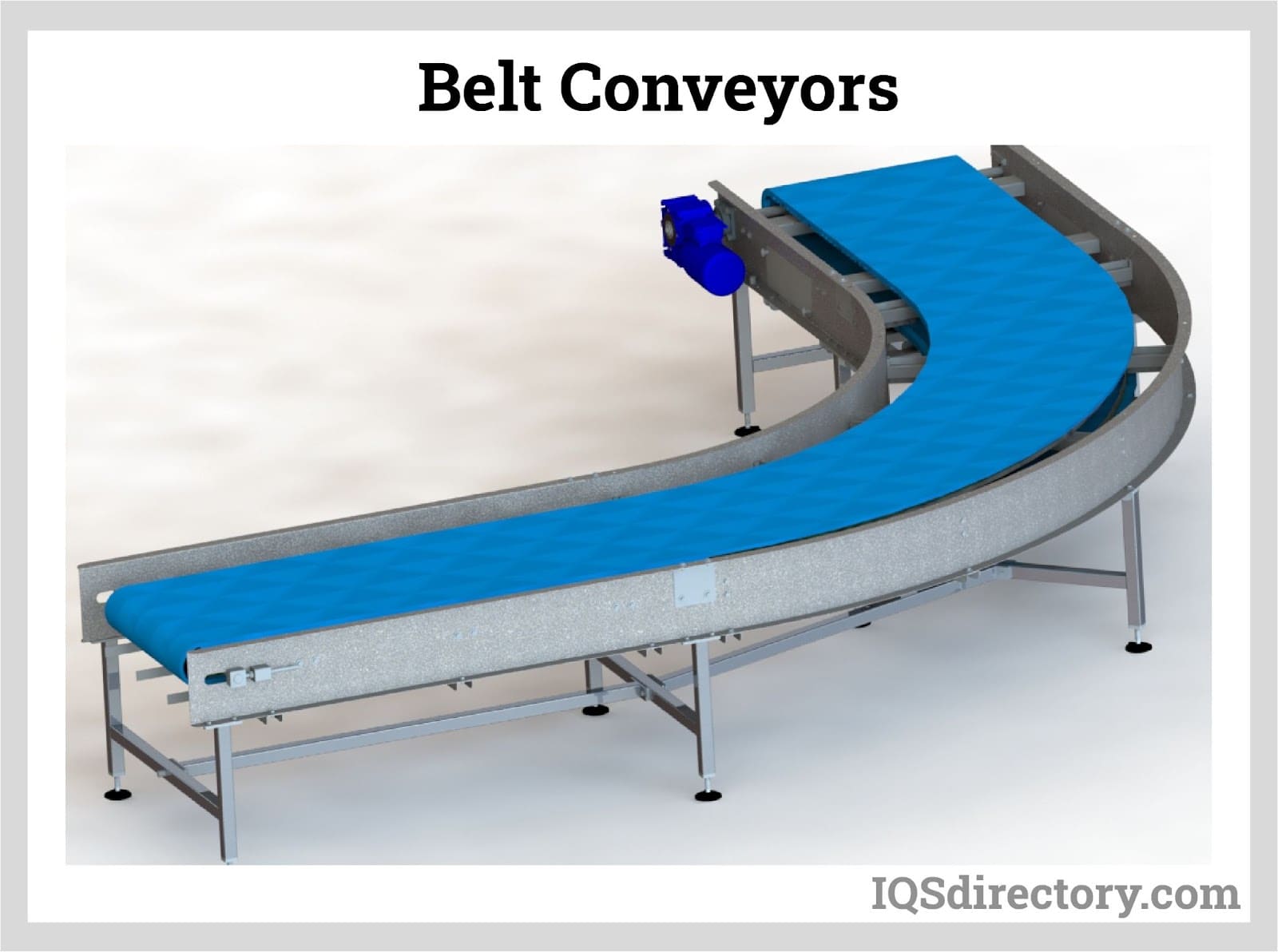
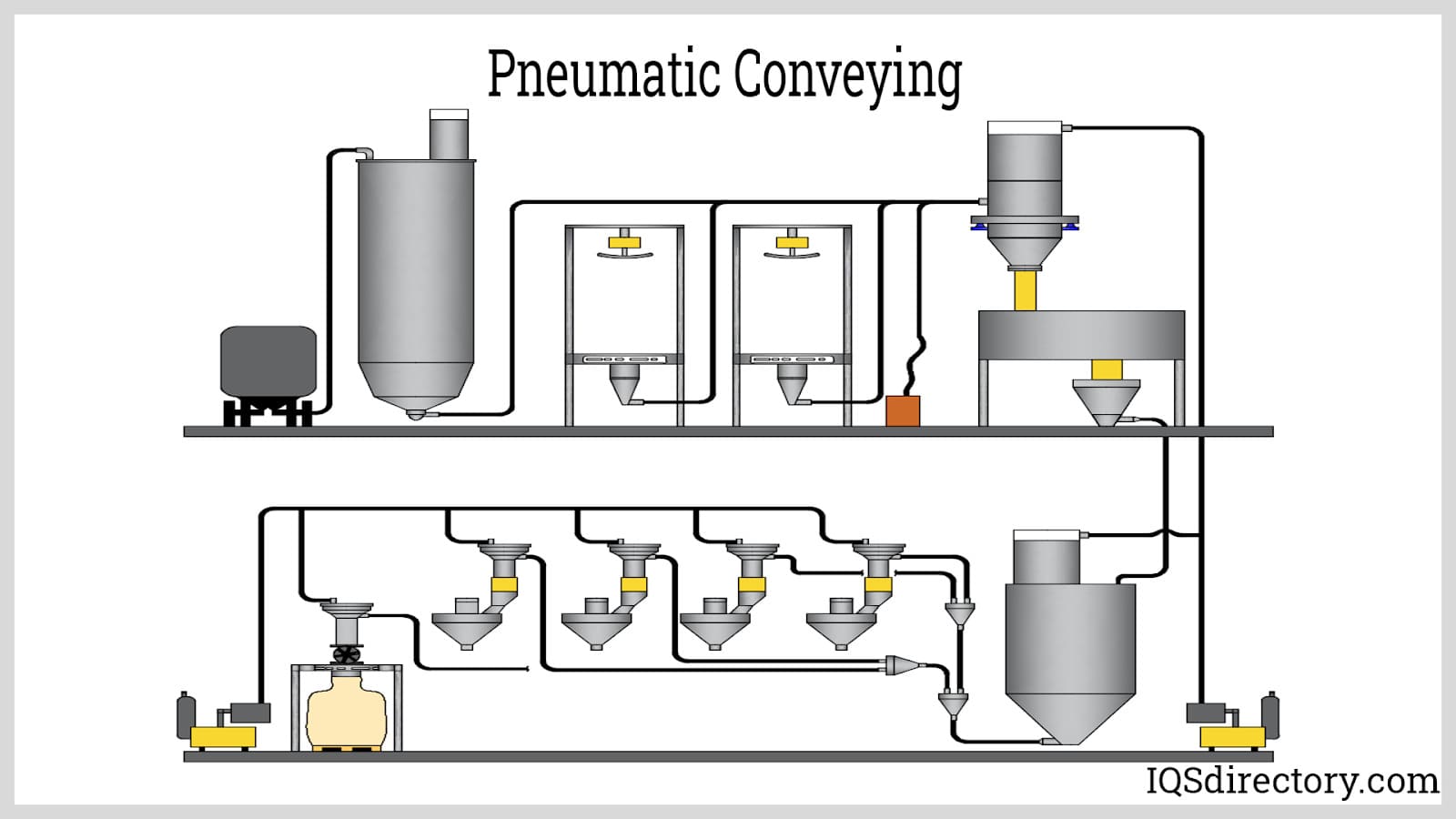
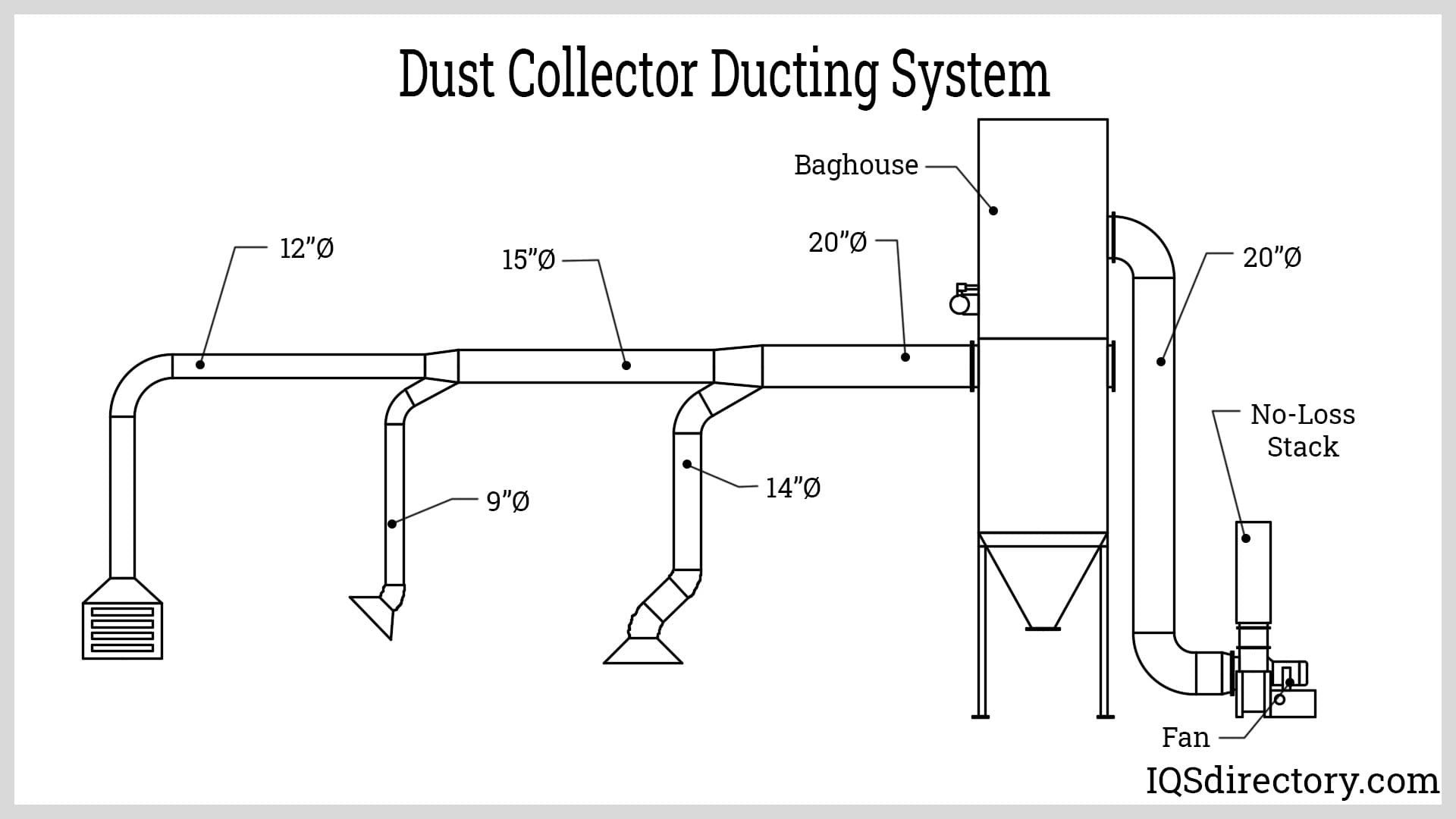

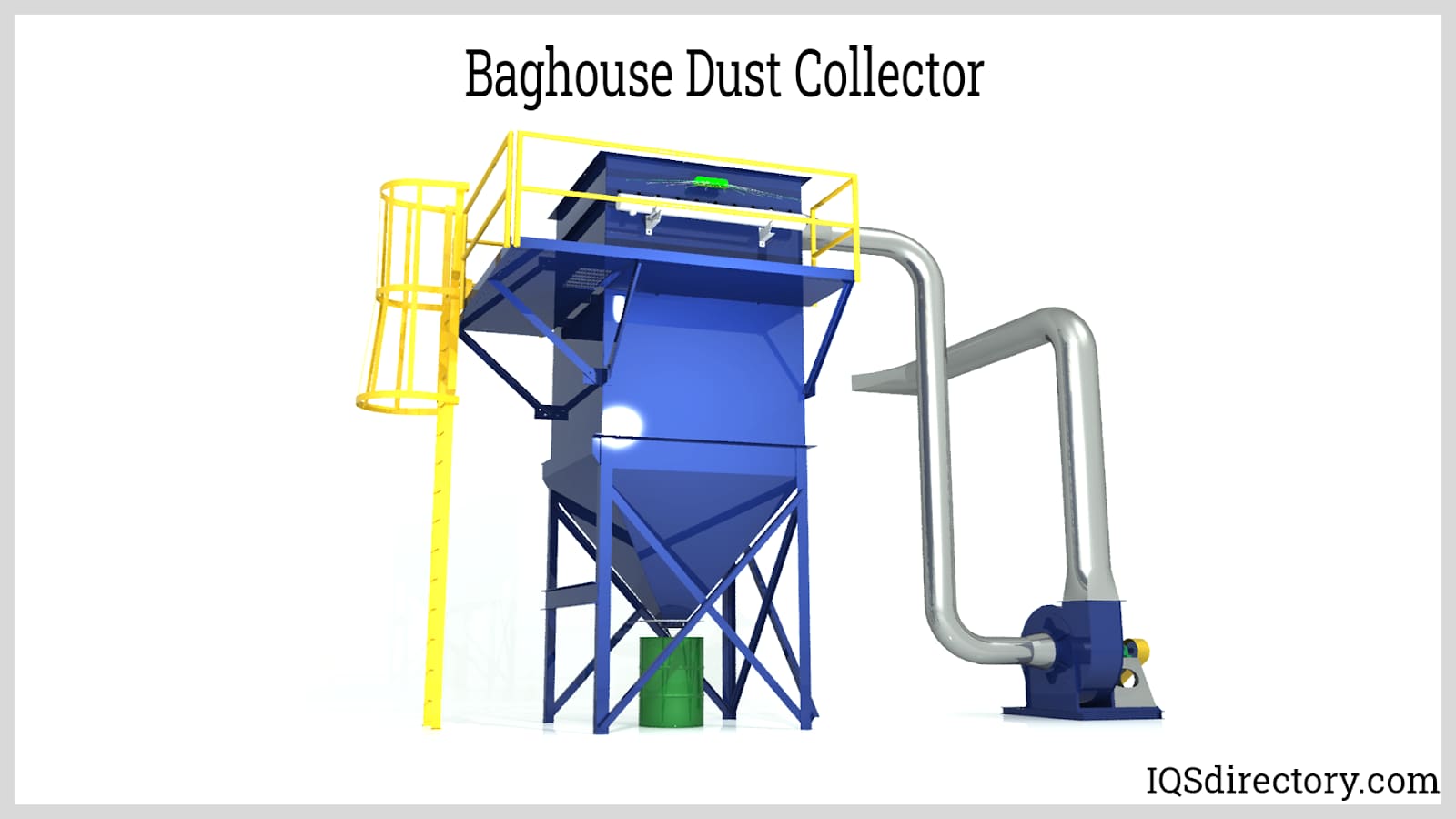
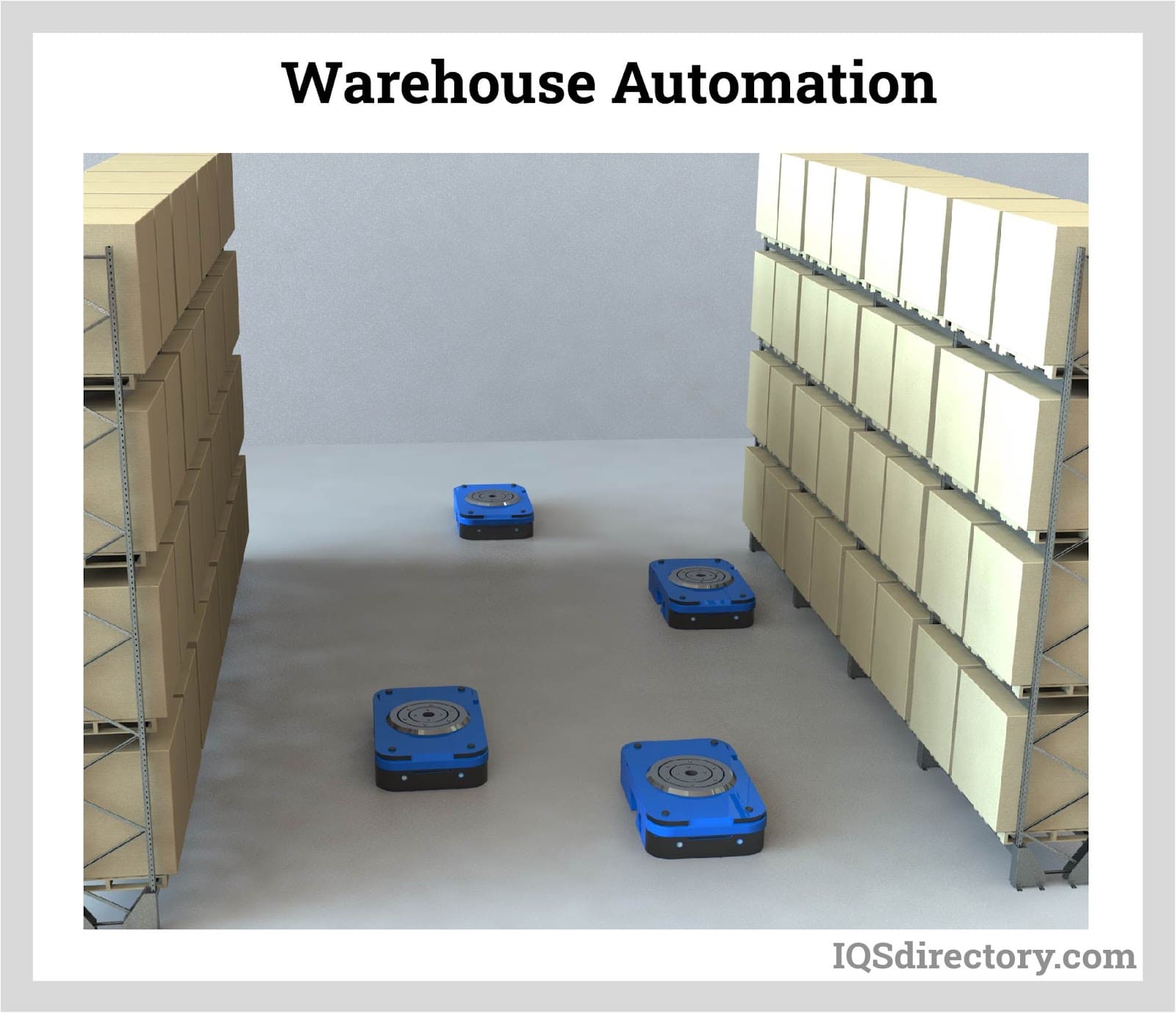
 Brooms
Brooms Brushes
Brushes Static Eliminator
Static Eliminator Sweepers
Sweepers Castings & Forgings
Castings & Forgings Bulk Material Handling
Bulk Material Handling Electrical & Electronic Components
Electrical & Electronic Components Flow Instrumentation
Flow Instrumentation Hardware
Hardware Material Handling Equipment
Material Handling Equipment Metal Cutting Services
Metal Cutting Services Metal Forming Services
Metal Forming Services Metal Suppliers
Metal Suppliers Motion Control Products
Motion Control Products Plant & Facility Equipment
Plant & Facility Equipment Plant & Facility Supplies
Plant & Facility Supplies Plastic Molding Processes
Plastic Molding Processes Pumps & Valves
Pumps & Valves Recycling Equipment
Recycling Equipment Rubber Products & Services
Rubber Products & Services